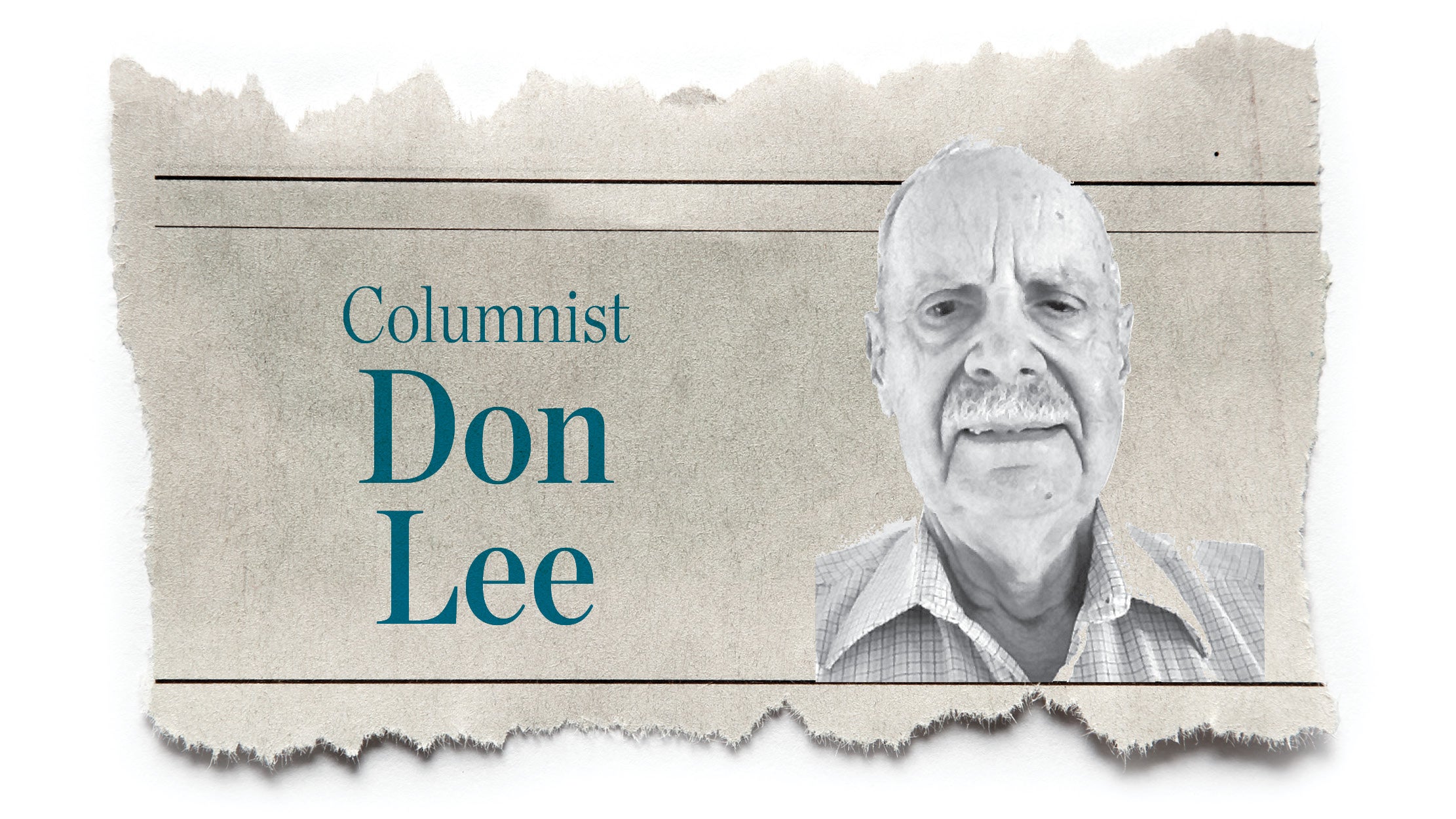Talking with the pilot of Voyager and how he flew around the world
Published 5:41 pm Friday, April 24, 2020
In the event that you missed reading last week’s column, I’ll review a bit of it.
I wrote about the famous around-the-world flight in the flying gas tank, the Voyager.
It was a one-of-a-kind airplane specially-designed to fly around the world without refueling. The pilots were Dick Rutan and Jeana Yeager.
My son-in-law, Riley Stevens, and I had talked to Rutan, once in line for a table at Oshkosh, Wisconsin, Frisch’s Big Boy and once in the EAA museum. The museum talk was the most informative.
Riley and I made to it to the museum before it opened, but we were able to walk right in, probably because I had a media badge, courtesy of The Ironton Tribune. The badge has other advantages, like free parking anywhere on the EAA grounds and free daily tickets to the flight line.
After we were in the museum, we noticed that a group of people were having coffee and donuts, so we joined them. It turned that they were the featured speakers at the museum that day.
We met Rutan and everyone left except him, so Riley says, “Let’s go talk to him.” We had an interesting conversation for about 10 minutes, at which point he had to go speak at his presentation.
He told us that he did almost all of the flying of the Voyager on the trip around the world. According to one of the articles I read, he flew the first three days straight. It was very difficult to change pilots. Dick described the cabin as a horizontal phone booth.
If my young readers don’t know what a phone booth looks like, ask your father.
Dick also told us that he didn’t get along very well with Jeana before the flight, and even worse afterward. Jeana was instrumental in raising the money to design and build the Voyager, so she was involved in a big part of the project.
Let’s review what this plane looked like. The wing span was 110.7 feet and its length was 29.25 feet. It had very flexible wings.
When it was empty of gas, the wing could be moved up and down easily with one hand.
It had composite construction of plastic, fiber glass and carbon fiber, Dick said the flexing wings gave him concern.
It had twin fuselages with the cabin mounted between them. The engines were mounted on this center section, one in front and one pusher engine on the back.
Only the air-cooled front engine had a starter. The pusher liquid-cooled engine had to be hand propped to start. This was the engine for cruising. The front engine was shut down and the prop feathered, since it was only used to take off and climb.
Now just a few words about the fuel.
The Voyager took off with 1,168.6 gallons of gasoline and landed after 9 days, 11 minute and 44 seconds with 17.7 gallons of fuel. The fuel use over all was 5.32 gallons per hour.
Unfortunately, I am about out of writing space. I promise that I will finish the flight next week.
Don Lee, a pilot flying out of Lawrence County Airport since 1970, has been in charge of equipment and grounds maintenance for the last several years. He can be reached at eelnod22@gmail.com






